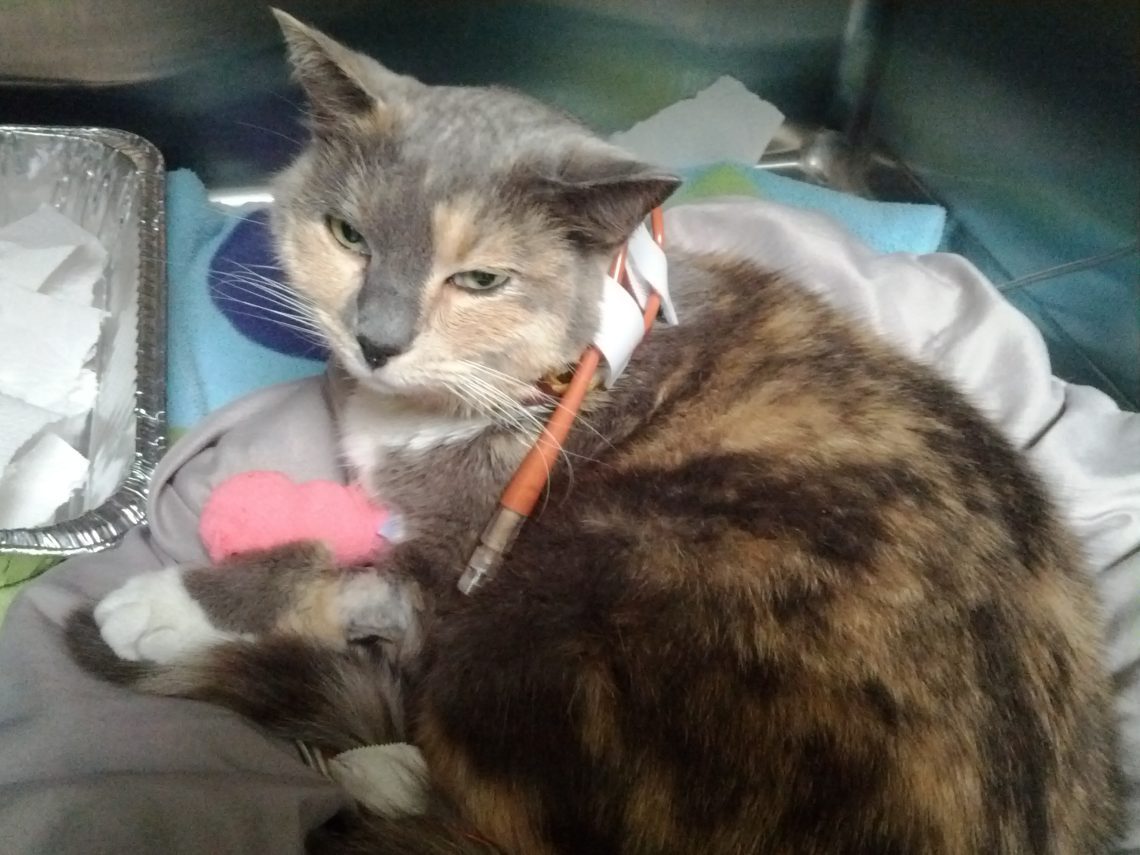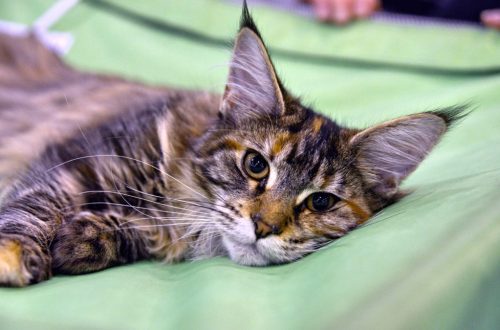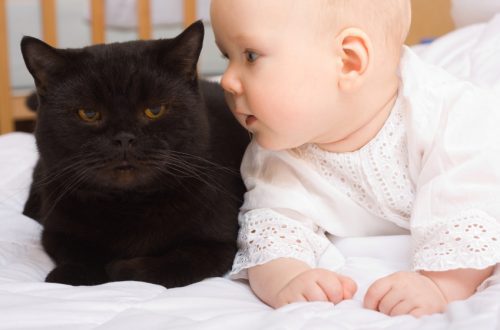
Liver lipidosis in cats: description of the disease, symptoms and treatment
Liver lipidosis in cats is a dangerous disease associated with the accumulation of fat in the liver. Most often, this process occurs in overweight animals leading a sedentary lifestyle. What are the symptoms of the disease and how to protect the pet?
Fatty liver disease in cats is not the only, but one of the most common liver diseases. Middle-aged animals usually suffer from it, but young obese individuals are also at risk. Excessive weight gain occurs due to poor nutrition, such as when the cat has round-the-clock access to food, or if the food contains too many carbohydrates. In this case, the pet, especially living in a city apartment, begins the process of deposition of fats in the liver.
Causes of liver lipidosis
Most often, liver lipidosis is a consequence of pet starvation, when he refuses to eat due to illness or stress. Primary lipidosis in cats develops against the background of obesity, which provokes the accumulation of fat cells in the liver, but hunger triggers the disease. The reasons for refusal of food and the development of primary lipidosis can be:
- stress,
- infections,
- dietary changes,
- period of sexual hunting.
Secondary lipidosis occurs when an animal refuses food due to other diseases, such as diabetes or pancreatitis.
Symptoms of the disease
You can understand that a cat suffers from liver lipidosis by the following signs:
- vomiting;
- stool problems, diarrhea, constipation;
- sudden weight loss of more than a quarter of body weight;
- refusal to eat for several days;
- change in the color of the mucous membranes;
- apathy and lethargy;
- dehydration;
- low pressure;
- jaundice.
In the later stages of the disease, symptoms of renal failure and hepatic encephalopathy appear – the depressed state of the animal, salivation, impaired blood clotting.
Treatment and care
The main direction of treatment of liver lipidosis is to ensure adequate nutrition for the cat, because it is the refusal of food that is the cause of the development of the disease. During treatment, the cat is given a feeding tube or force-fed through a syringe. Such feeding can be carried out for 1-1,5 months. If the condition of the animal is critical, it is placed in a hospital.
Rehabilitation after treatment consists of a diet prescribed by a doctor and monitoring the pet’s condition. Periodically, the doctor will take blood for analysis, and may also conduct an ultrasound examination of the liver.
The prognosis of veterinarians depends on many factors, such as the age of the cat and the stage of the disease. In the early stages, lipidosis is safely treated, in the later stages complications are possible. Therefore, it is important to consult a specialist in a timely manner and not to treat yourself.
Preventive measures
The main measure for the prevention of liver lipidosis is to maintain normal weight cat as well as proper nutrition. You should choose the food that suits the animal individually, and also take into account the wishes of the pet. If the cat refuses to eat, you do not need to force it and wait until the animal is very hungry. After all, pets also have their preferences, and they need to be taken into account.
See also:
- What should a healthy cat’s stool look like?
- Distemper in cats: symptoms, treatment and prevention
- Signs of aging in a cat: diseases and care of an animal





